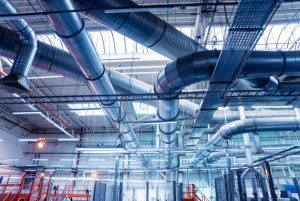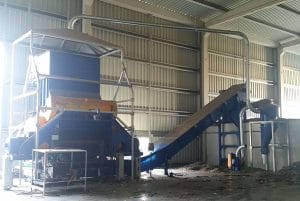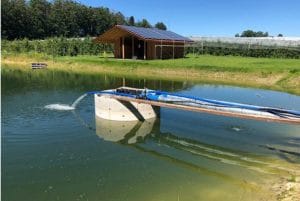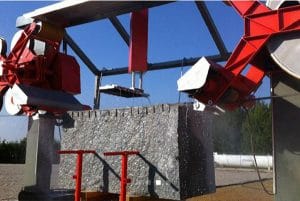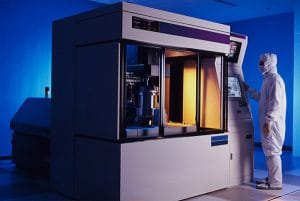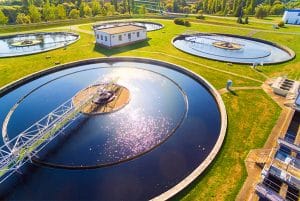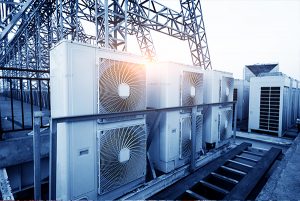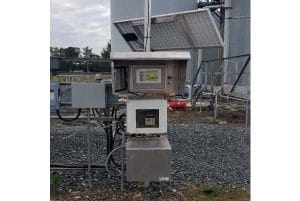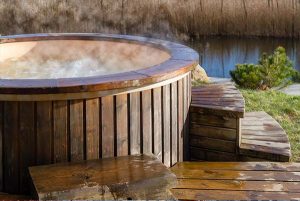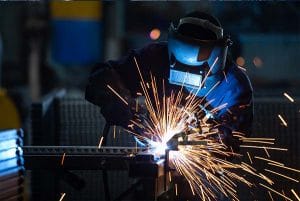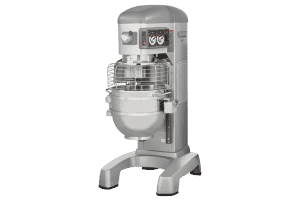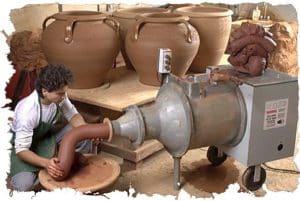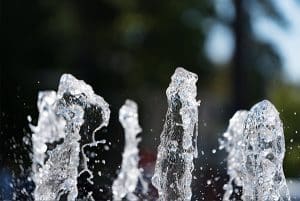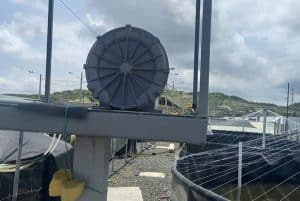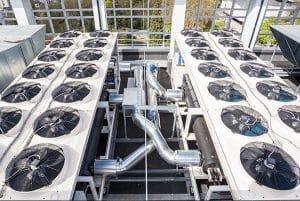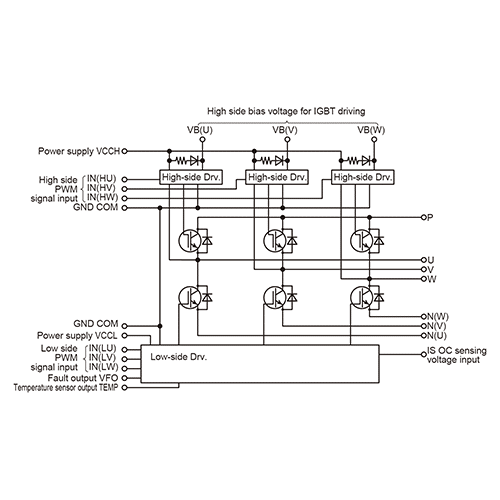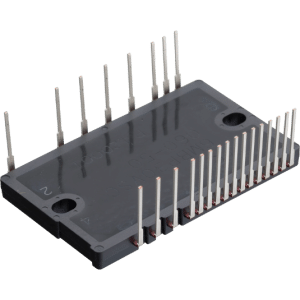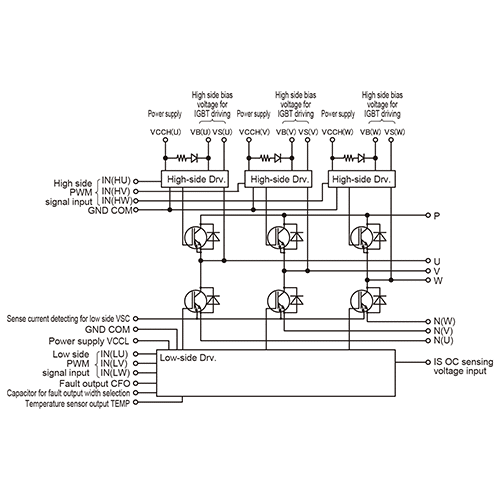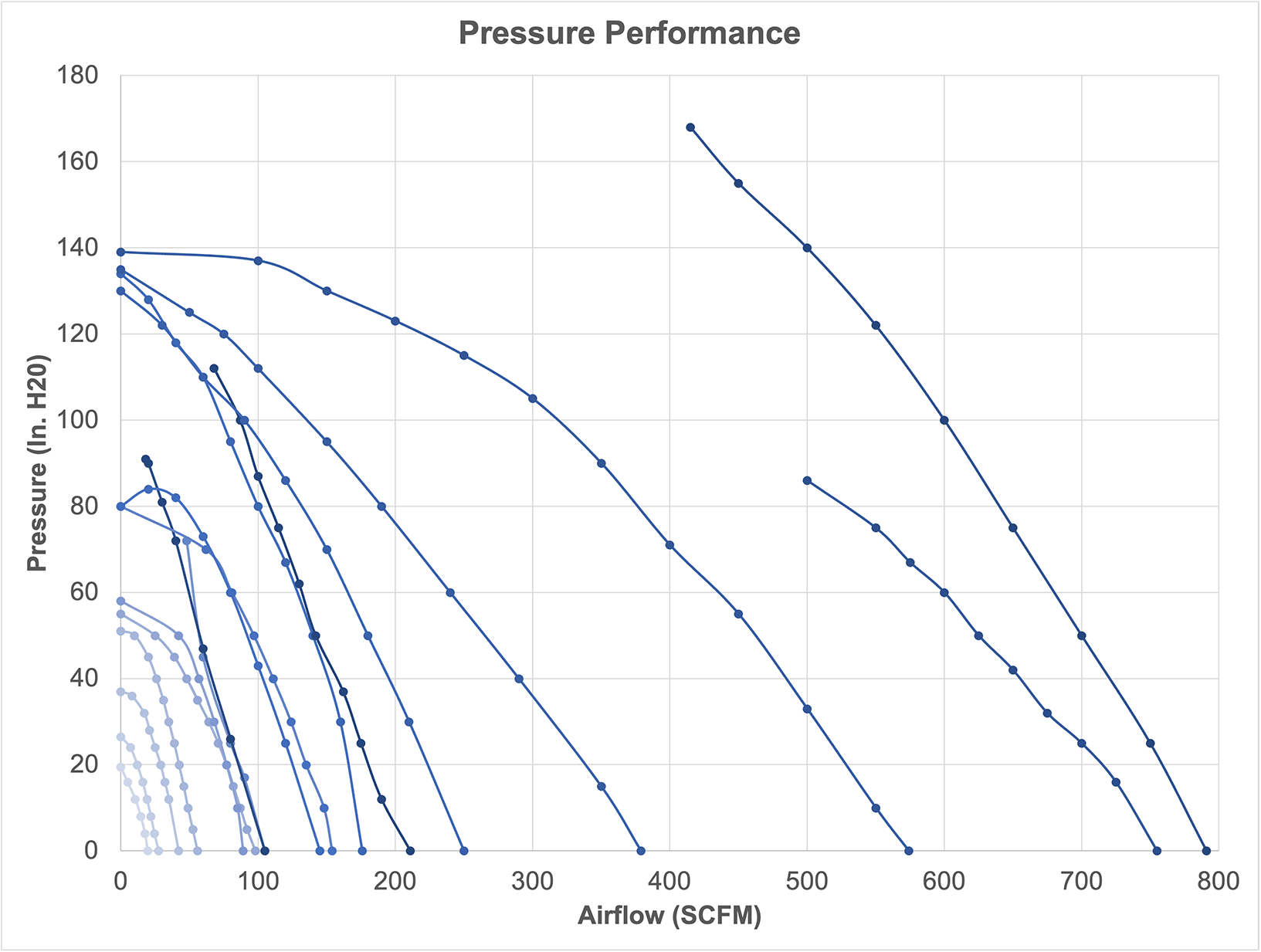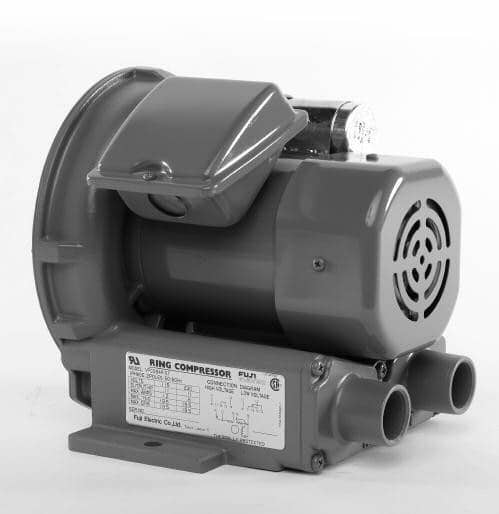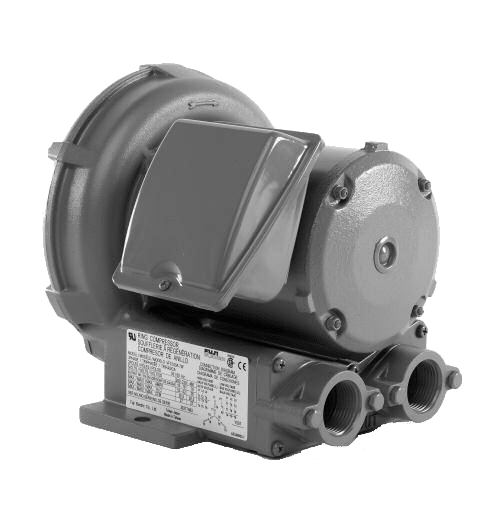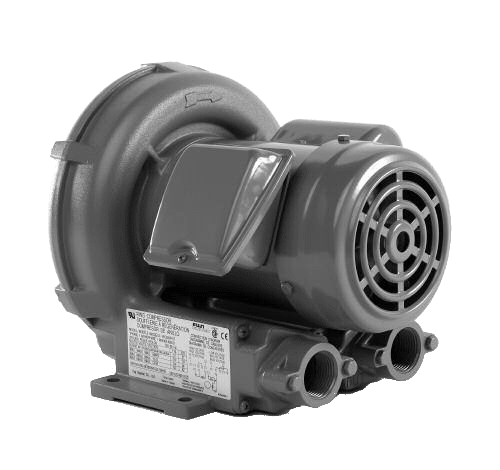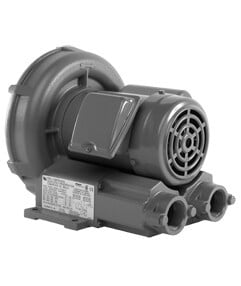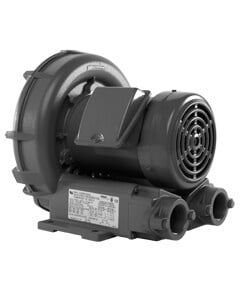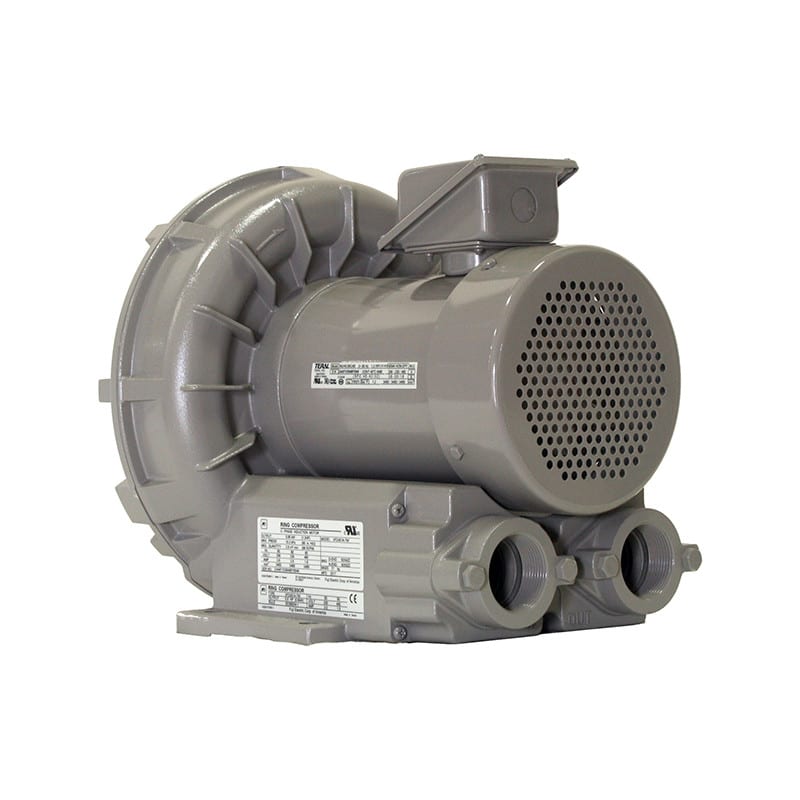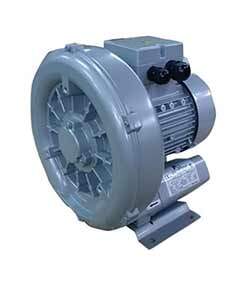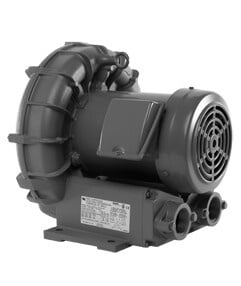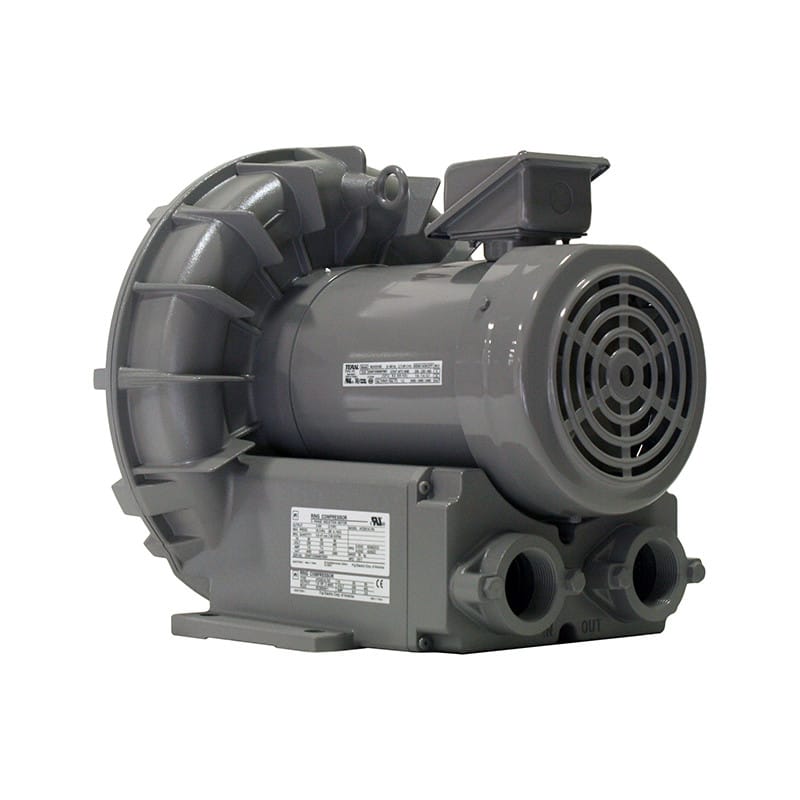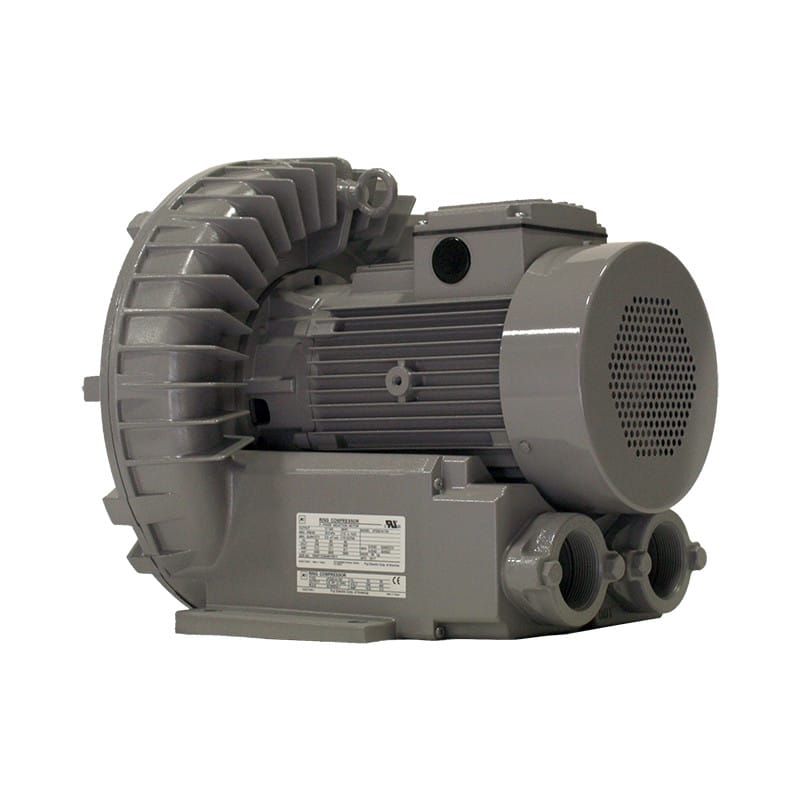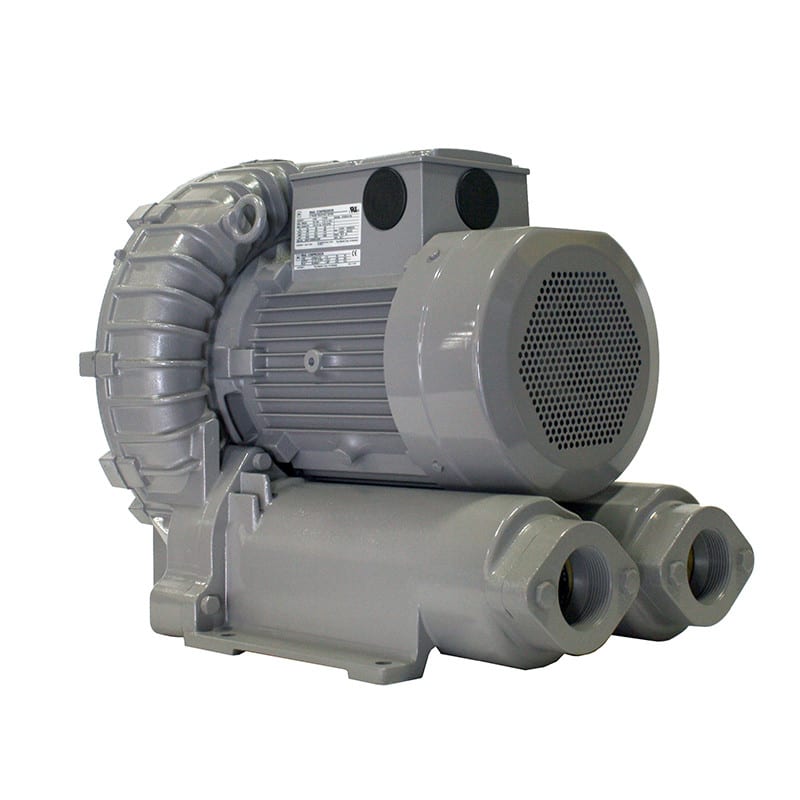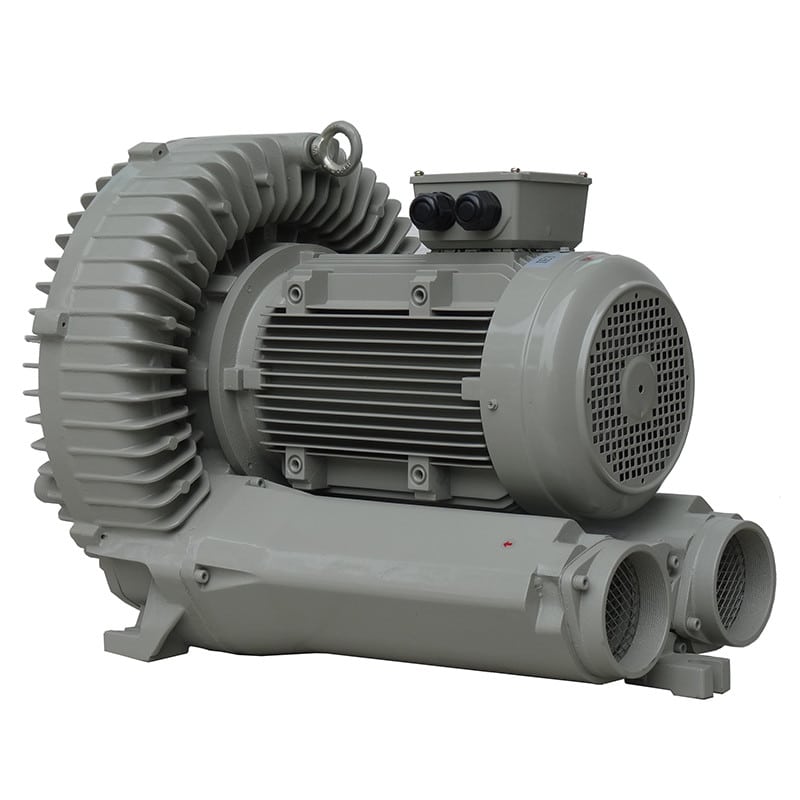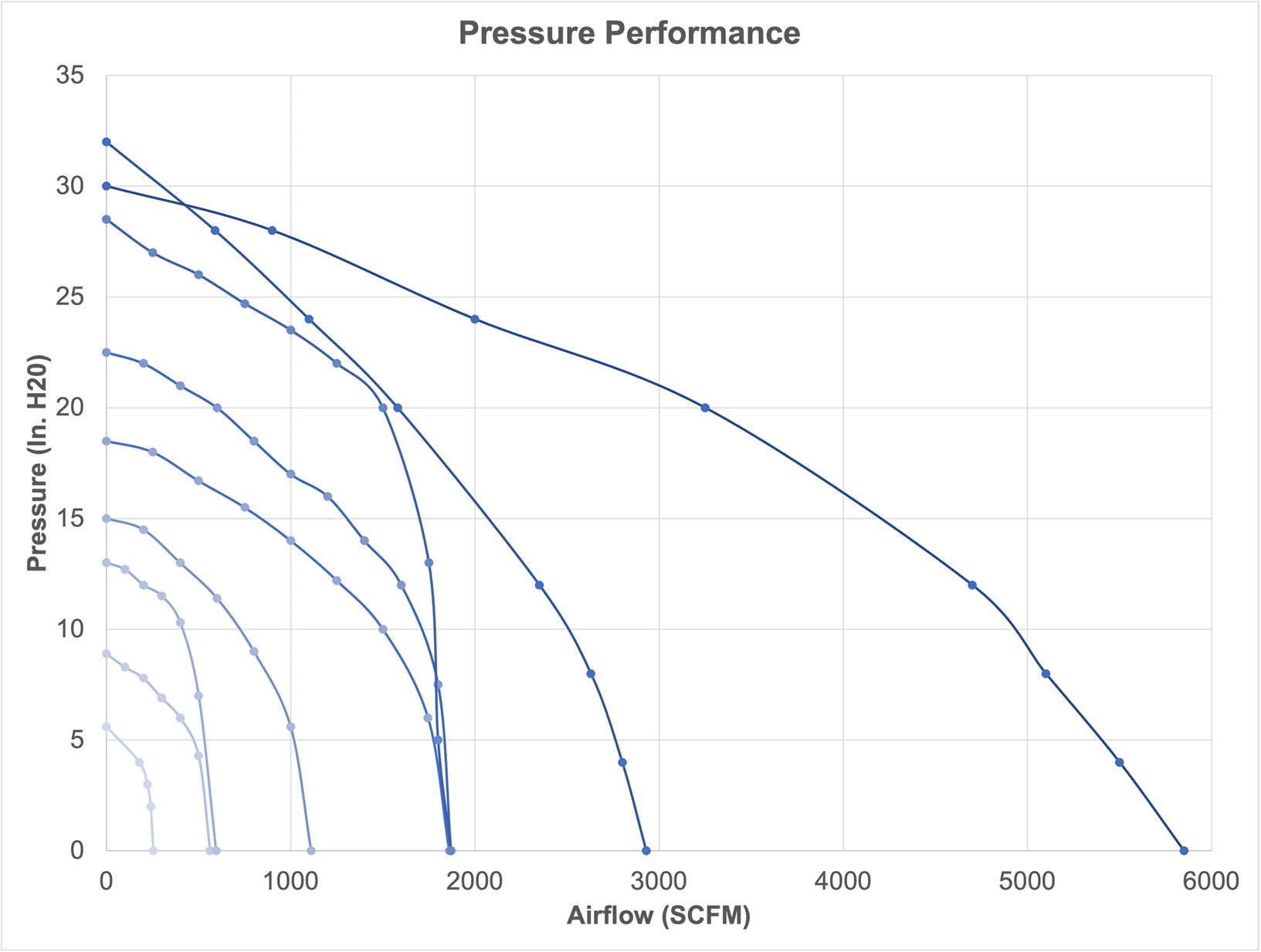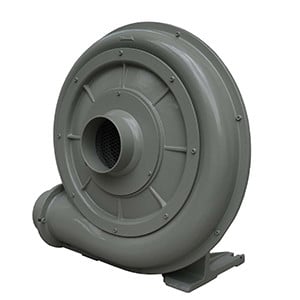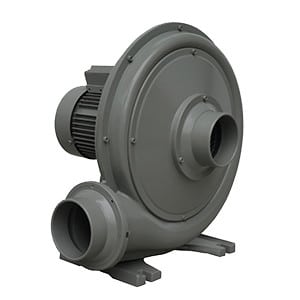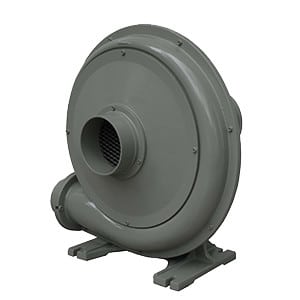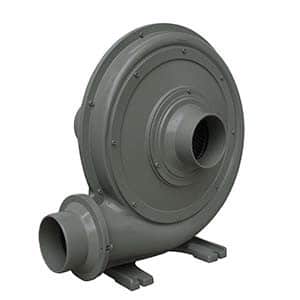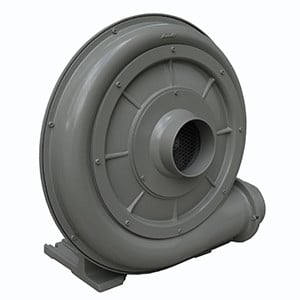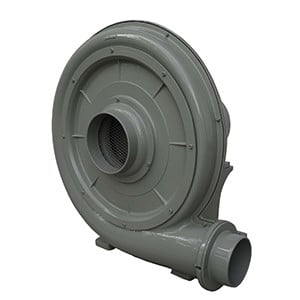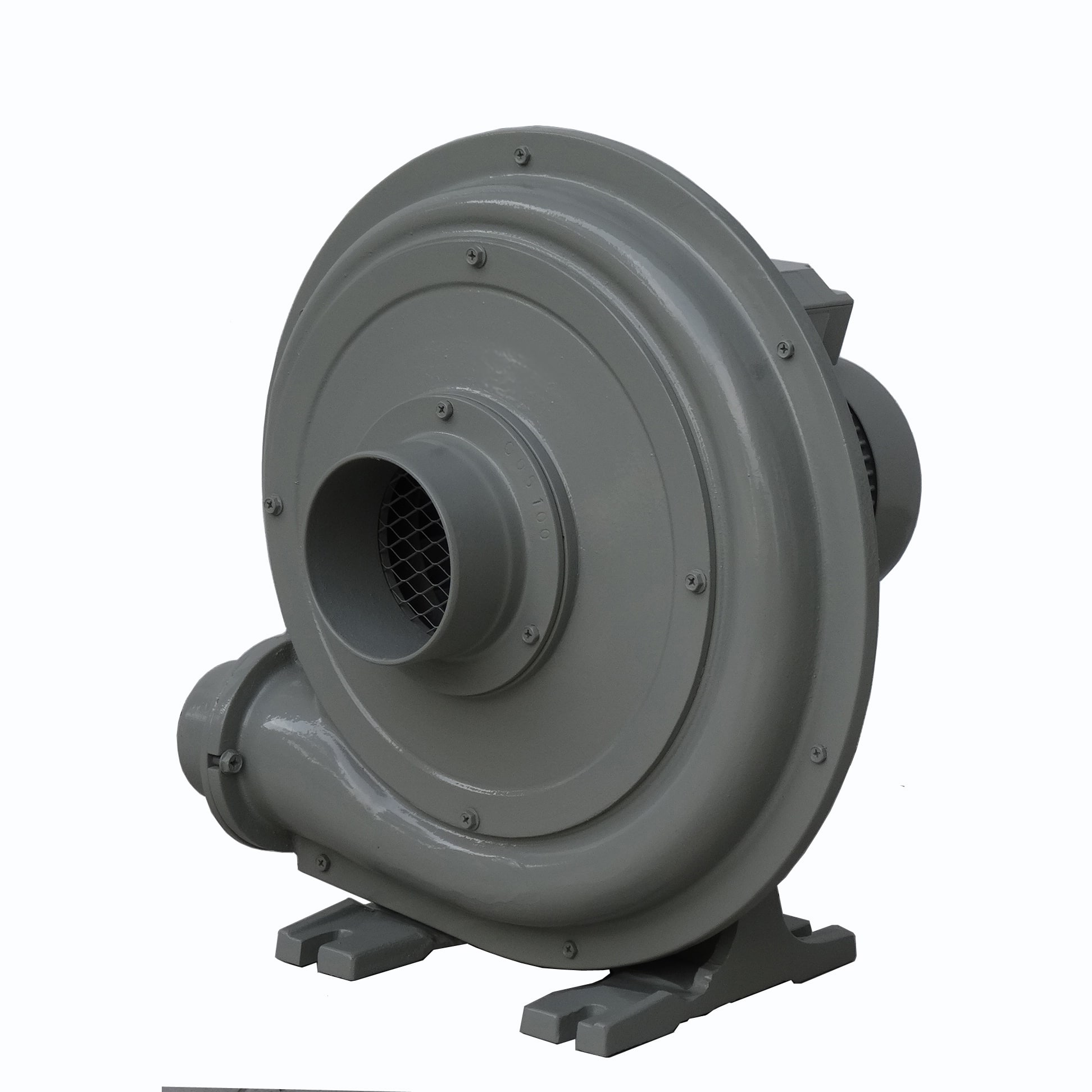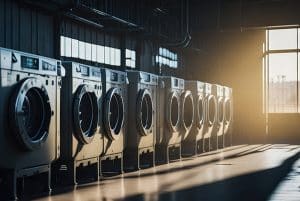Maintaining an immersion pump is essential to ensure its longevity, performance, and reliability. Regular maintenance prevents unexpected breakdowns and extends the pump’s life. Below is a step-by-step guide on how to maintain an immersion pump:
1. Safety Precautions
• Disconnect power: Before starting any maintenance, turn off the pump and disconnect it from the power supply to prevent accidental operation.
• Lockout/tagout: If applicable, use lockout/tagout procedures to ensure that the pump cannot be powered on during maintenance.
• Allow cooling: Ensure the pump has cooled down if it was recently in operation to avoid burns from hot surfaces.
2. Regular Visual Inspections
• Check for leaks: Regularly inspect the pump and its surrounding area for signs of leaks, which could indicate seal failure or wear in other components.
• Inspect the motor and cables: Look for any signs of damage to the motor, wiring, or power cables. Damaged insulation or exposed wires should be repaired or replaced immediately.
• Check the pump body and mounting: Ensure the pump is securely mounted and there are no cracks or signs of corrosion on the pump body.
3. Clean the Pump and Surroundings
• Remove debris and buildup: Clean the exterior of the pump to remove any dust, dirt, or debris that could interfere with the motor or cooling mechanisms.
• Clear any blockages: Check the pump’s intake and outlet for blockages. Ensure that no debris is obstructing the flow of liquid, which could cause the pump to work harder or fail.
4. Check and Replace Seals and Gaskets
• Inspect seals for wear: Over time, seals and gaskets may wear out, leading to leaks or inefficiency. Regularly check the pump’s seals and gaskets, and replace them if they show signs of wear, cracking, or damage.
• Lubricate seals (if applicable): Some pumps may require lubrication of seals or O-rings to maintain their integrity. Follow the manufacturer’s recommendations for lubrication intervals and the type of lubricant to use.
5. Lubrication of Bearings (if applicable)
• Grease bearings: If your immersion pump has bearings that require lubrication, ensure they are greased according to the manufacturer’s specifications. Over-lubricating or under-lubricating can cause problems, so follow guidelines closely.
• Check for noise or vibration: Listen for unusual noises or vibrations that could indicate bearing wear. If bearings are worn or damaged, replace them to avoid further damage to the pump.
6. Check Pump Alignment
• Ensure proper alignment: If the pump is coupled to a motor or other drive system, check the alignment between the pump and the motor shaft. Misalignment can cause excessive wear on components and reduce efficiency.
• Realign as necessary: If the pump is misaligned, follow the manufacturer’s alignment procedures to correct it.
7. Monitor Pump Performance
• Check flow rate and pressure: Regularly monitor the pump’s performance by checking flow rates and discharge pressures. If you notice a significant drop in either, it could indicate wear or clogging in the system.
• Monitor for cavitation: If the pump starts to cavitate (a condition where vapor bubbles form due to low pressure), it can damage the impeller and other components. Adjust operating conditions or check for blockages if cavitation occurs.
8. Inspect and Maintain the Impeller
• Inspect impeller for wear or damage: The impeller is a critical component in immersion pumps. Inspect it regularly for signs of wear, corrosion, or physical damage. Damaged impellers can reduce efficiency and cause vibration or noise.
• Clean the impeller: If the impeller is dirty or clogged with debris, clean it to ensure smooth operation. A clogged impeller can reduce flow and cause overheating.
• Replace the impeller if necessary: If the impeller is severely worn or damaged, replace it according to the manufacturer’s guidelines.
9. Monitor Motor Temperature
• Check motor temperature during operation: Monitor the motor temperature to ensure it is not overheating. Overheating can indicate electrical issues, overload, or insufficient cooling.
• Inspect cooling mechanisms: If your pump has a fan or other cooling system, ensure it is functioning properly and free from obstructions.
10. Check for Electrical Issues
• Inspect wiring connections: Check that all electrical connections are secure and free from corrosion. Loose or corroded connections can cause electrical faults or inefficiency.
• Check for signs of electrical overload: If the pump is drawing too much current, it could indicate an issue with the motor or electrical components. Use an ammeter to monitor current draw and compare it to the manufacturer’s specifications.
11. Maintain Proper Fluid Levels
• Check for dry running: Ensure the pump is not running dry, as this can cause severe damage to the pump’s internal components. Immersion pumps rely on the fluid for cooling and lubrication.
• Maintain fluid levels: Regularly check the fluid levels in the tank or reservoir the pump is immersed in, and ensure that the pump is always submerged at the recommended level.
12. Test Operation After Maintenance
• Reconnect power and test: Once maintenance tasks are completed, reconnect the pump to its power source and run it through a test cycle.
• Observe performance: Check that the pump operates smoothly without unusual noises, vibrations, or performance issues.
13. Follow Manufacturer’s Maintenance Schedule
• Regular service intervals: Follow the maintenance schedule recommended by the pump manufacturer. This includes routine inspections, lubrication, and replacement of parts.
• Use recommended parts and consumables: Always use parts and consumables recommended by the manufacturer to ensure compatibility and performance.
By following these maintenance steps, you can ensure that your immersion pump operates efficiently and reliably, reducing the risk of breakdowns and extending its service life.




